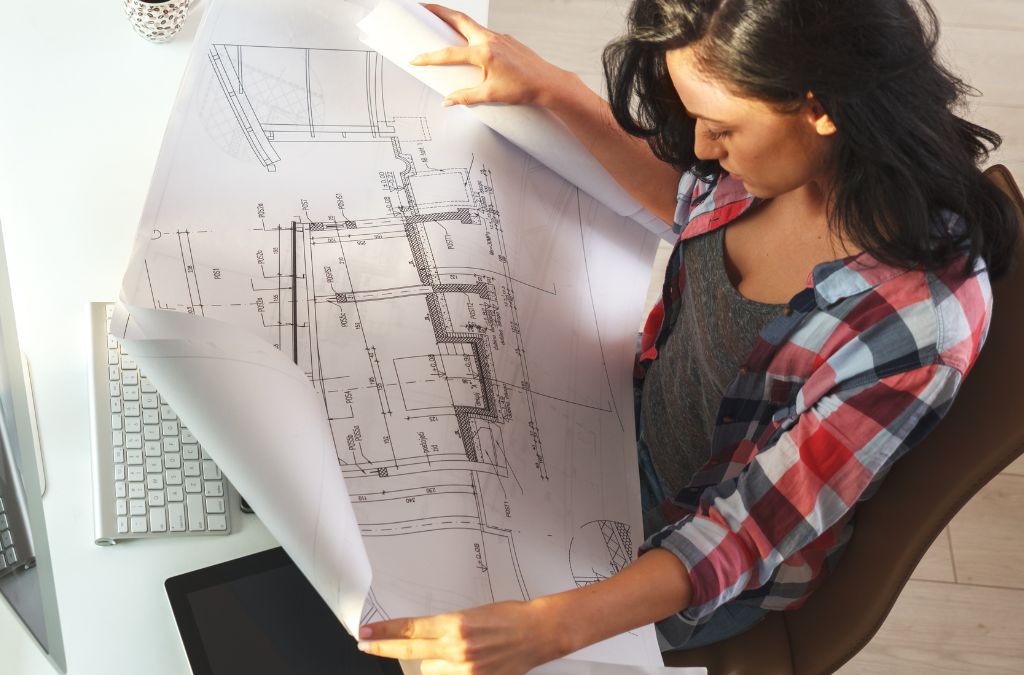-
Table of Contents
- Urban Architecture: Transforming Cityscapes for Modern Living
- The Evolution of Urban Architecture
- Historical Milestones
- Key Principles of Modern Urban Architecture
- Sustainability
- Mixed-Use Development
- Public Spaces
- Innovative Architectural Projects
- The High Line, New York City
- Marina Bay Sands, Singapore
- Masdar City, Abu Dhabi
- The Role of Technology in Urban Architecture
- Smart Buildings
- Digital Twins
- 3D Printing
- Challenges and Opportunities
- Urban Density
- Affordability
- Climate Change
- Conclusion
Urban Architect: Transforming Cityscapes for Modern Living
Urban architecture plays a pivotal role in shaping the environments where millions of people live, work, and interact. As cities continue to grow and evolve, the need for innovative and sustainable architectural solutions becomes increasingly apparent. This article explores the various facets of urban architecture and how it is transforming cityscapes to meet the demands of modern living.
The Evolution of Urban Architecture
Urban architecture has undergone significant changes over the centuries. From the ancient cities of Mesopotamia to the modern metropolises of today, architectural styles and techniques have continually adapted to the needs and aspirations of urban populations.
Historical Milestones
- Ancient Cities: Early urban centers like Babylon and Rome set the foundation for city planning and monumental architecture.
- Medieval Period: Gothic cathedrals and fortified cities reflected the socio-political dynamics of the time.
- Industrial Revolution: The advent of new materials and construction methods led to the rise of skyscrapers and mass housing.
- Modernism: The 20th century saw a shift towards minimalism and functionalism, epitomized by architects like Le Corbusier and Mies van der Rohe.
Key Principles of Modern Urban Architecture
Modern urban architecture is guided by several key principles that aim to create livable, sustainable, and aesthetically pleasing environments.
Sustainability
Sustainability is a cornerstone of contemporary urban architecture. Architects and planners are increasingly focused on reducing the environmental impact of buildings through the use of eco-friendly materials, energy-efficient designs, and green technologies.
Mixed-Use Development
Mixed-use developments combine residential, commercial, and recreational spaces within a single area. This approach promotes a sense of community, reduces the need for long commutes, and enhances the overall quality of life.
Public Spaces
Public spaces such as parks, plazas, and pedestrian zones are integral to urban architecture. These areas provide residents with opportunities for social interaction, recreation, and relaxation, contributing to the vibrancy of the city.
Innovative Architectural Projects
Several innovative architectural projects around the world exemplify the principles of modern urban architecture. These projects not only address the practical needs of urban living but also push the boundaries of design and sustainability.
The High Line, New York City
The High Line is a prime example of adaptive reuse in urban architecture. This elevated linear park was created from a disused railway track, transforming it into a green space that offers stunning views of the city. The project has revitalized the surrounding neighborhoods and become a popular destination for both residents and tourists.
Marina Bay Sands, Singapore
Marina Bay Sands is a landmark development that combines luxury hotels, a casino, a shopping mall, and a convention center. Its iconic design, featuring three interconnected towers topped by a sky park, has redefined Singapore’s skyline and set new standards for integrated urban development.
Masdar City, Abu Dhabi
Masdar City is an ambitious project aimed at creating one of the world’s most sustainable urban communities. The city is designed to be carbon-neutral and zero-waste, utilizing renewable energy sources and innovative technologies to minimize its environmental footprint.
The Role of Technology in Urban Architecture
Technology is playing an increasingly important role in shaping urban architecture. From smart buildings to digital twins, technological advancements are enabling architects and planners to create more efficient, sustainable, and responsive urban environments.
Smart Buildings
Smart buildings are equipped with advanced systems that monitor and control various aspects of the building’s operation, such as lighting, heating, and security. These systems can optimize energy use, enhance comfort, and improve safety.
Digital Twins
Digital twins are virtual replicas of physical buildings or infrastructure. They allow architects and planners to simulate different scenarios, identify potential issues, and make data-driven decisions to improve the design and operation of urban spaces.
3D Printing
3D printing is revolutionizing the construction industry by enabling the rapid and cost-effective production of building components. This technology has the potential to reduce construction time, minimize waste, and create more complex and customized architectural designs.
Challenges and Opportunities
While urban architecture offers numerous benefits, it also faces several challenges. Addressing these challenges requires innovative thinking and collaboration among architects, planners, policymakers, and communities.
Urban Density
High population density in urban areas can lead to overcrowding, traffic congestion, and strain on infrastructure. Architects and planners must find ways to accommodate growing populations without compromising the quality of life.
Affordability
Ensuring that urban housing remains affordable is a significant challenge. Rising property prices and gentrification can displace long-term residents and create socio-economic disparities. Solutions such as affordable housing initiatives and inclusive zoning policies are essential to address this issue.
Climate Change
Climate change poses a significant threat to urban areas, with rising sea levels, extreme weather events, and heatwaves becoming more frequent. Urban architecture must incorporate resilient design principles to mitigate these impacts and protect vulnerable communities.
Conclusion
Urban architecture is at the forefront of transforming cityscapes to meet the demands of modern living. By embracing sustainability, mixed-use development, and technological innovation, architects and planners can create urban environments that are not only functional and efficient but also vibrant and inclusive. As cities continue to evolve, the role of urban architecture in shaping the future of urban living will remain indispensable.
